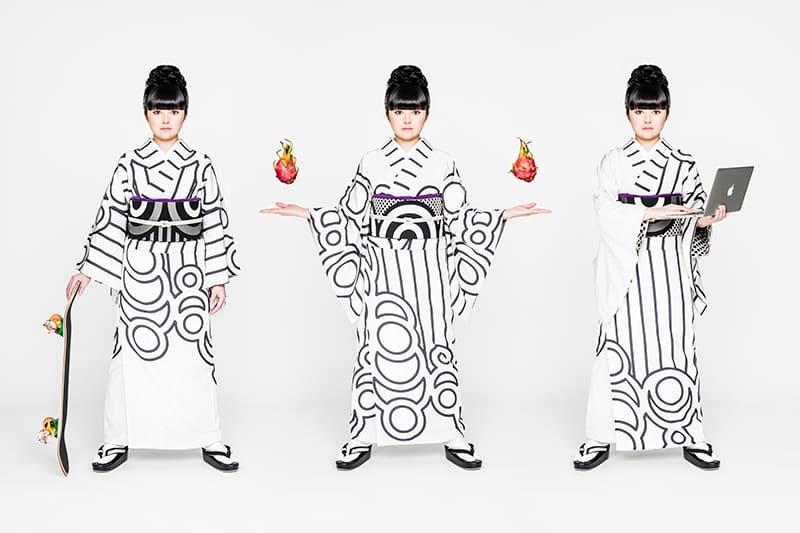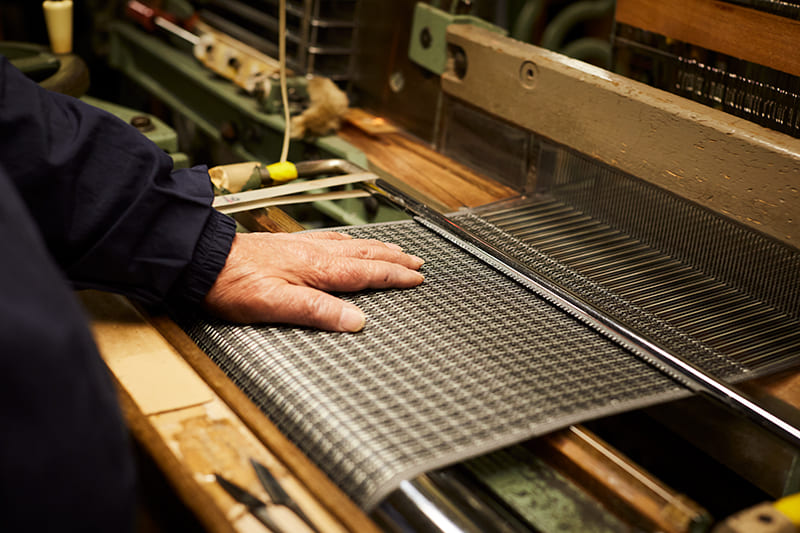September 27, 2024
Vol. 40: FROM THE EDITOR

Although the kimono is a traditional form of clothing, for many modern Japanese it has acquired a distant presence. I am a student of the tea ceremony, so I need to wear one about once a year. But, truth be told, the processes of preparing to wear it, putting it on and cleaning it afterward all require a lot of effort, so I often end up just wearing a suit instead. I do own an Oshima tsumugi silk kimono (a type made on the Amami Islands in southern Kagoshima Prefecture) that I inherited from my father, but it has been sitting in a paulownia chest for years.
That Japanese are no longer wearing kimonos is shown in the numbers. Annual sales peaked in 1981 at about ¥1.8 trillion ($12.5 billion). Since then, they have declined every year, and in 2023 they hit ¥224 billion, one-eighth of their peak level, according to the Yano Research Institute publication Kimono Industry 2024.
This special issue is about Japan’s traditional textiles. With lifestyle changes impacting demand for kimonos, once considered the ultimate in clothing, the industry now finds itself in danger. Will its techniques be preserved for future generations? Let’s examine some of the efforts aimed at achieving that.
Return to Sustainable Japan Magazine Vol. 40 article list page


















